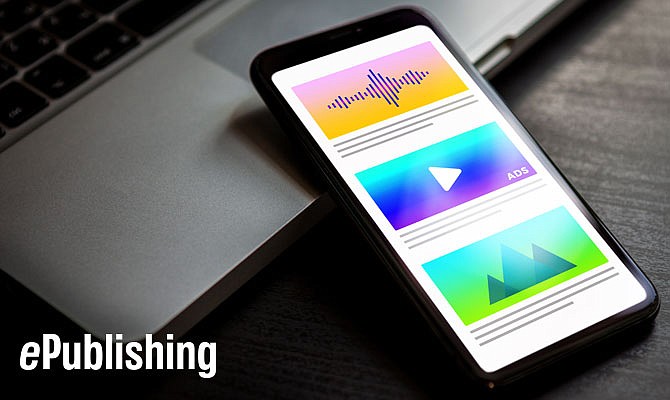
News
Intuitive Website Design: One Simple Rule Gives Visitors a Reason to Stick Around
February 3, 2012

News
February 3, 2012
To link or not to link, that is the question. Actually, the real question is whether or not external links should open a new tab from your website.
From a website design perspective, you want to make user experience as simple as possible. To build traffic and revenue, you want to provide your users with a wealth of related, surfaced resources that keep them on your site and encourage them to return. You don’t want them to leave, due to lack of relevant content or because they are frustrated with site navigation.
However, people have come to expect the practice of “linking” in the content they are reading and often times, external links provide valuable information and help support networking and online community building—another critical component of strong web design.
A recent post on UX movement discusses linking, and can be summarized with a couple of takeaways:
This practice has become a UX (User Experience) standard and savvy users have come to expect it—while for novice users, browser tabs make it easy to switch back and forth between separate sites, without losing their starting point. Anyone can seamlessly compare and sift through information, using the tabbed approach.
This simple rule makes a lot of sense for intuitive website design: your user never loses contact with your site and finds navigation to be quite simple, which = friendly, which = positive experience and increased likelihood of doing what you hope they’ll do: view more pages, return to your site, refer a friend or make a purchase.